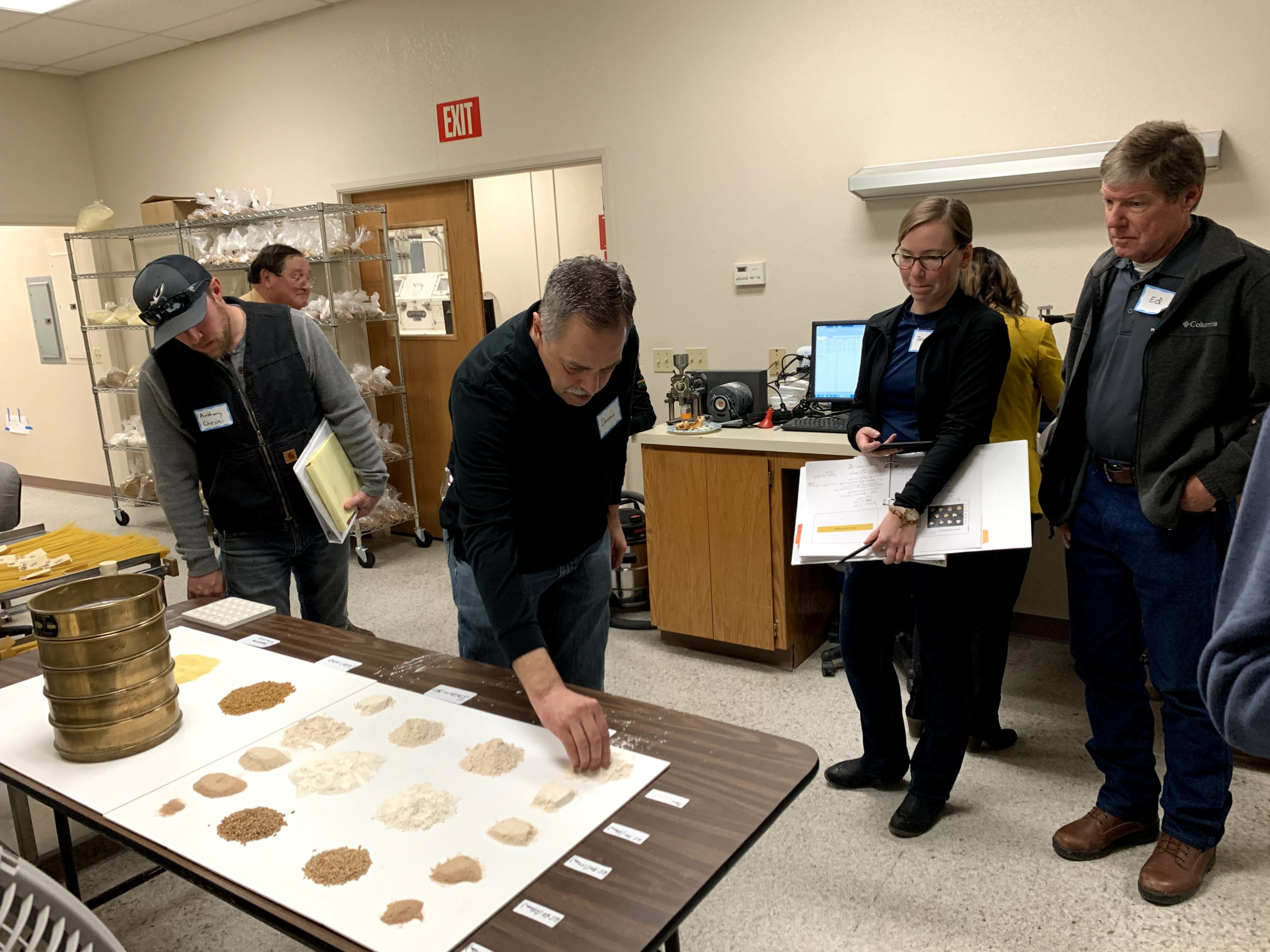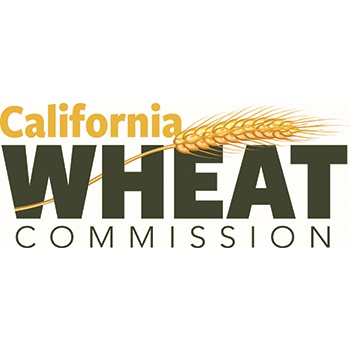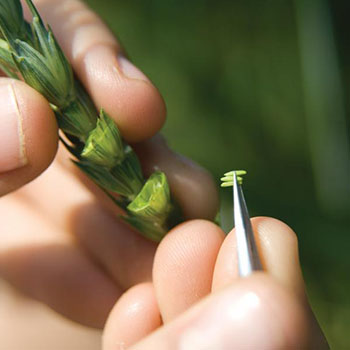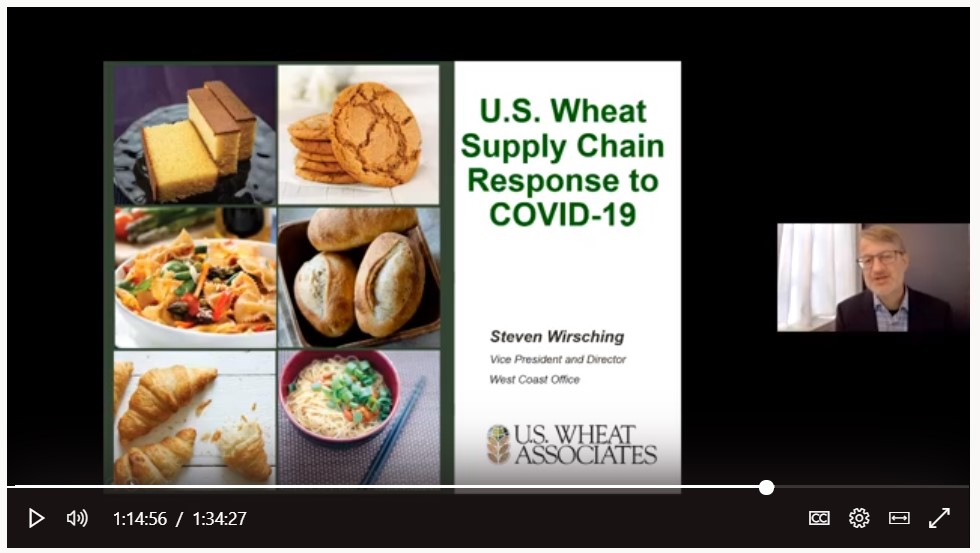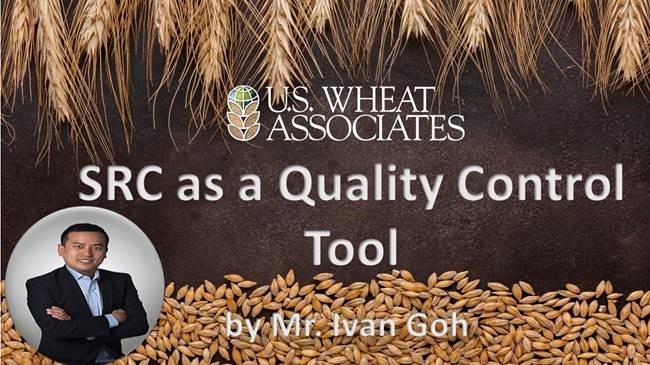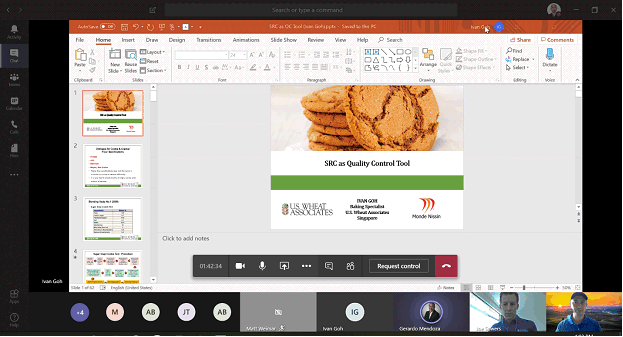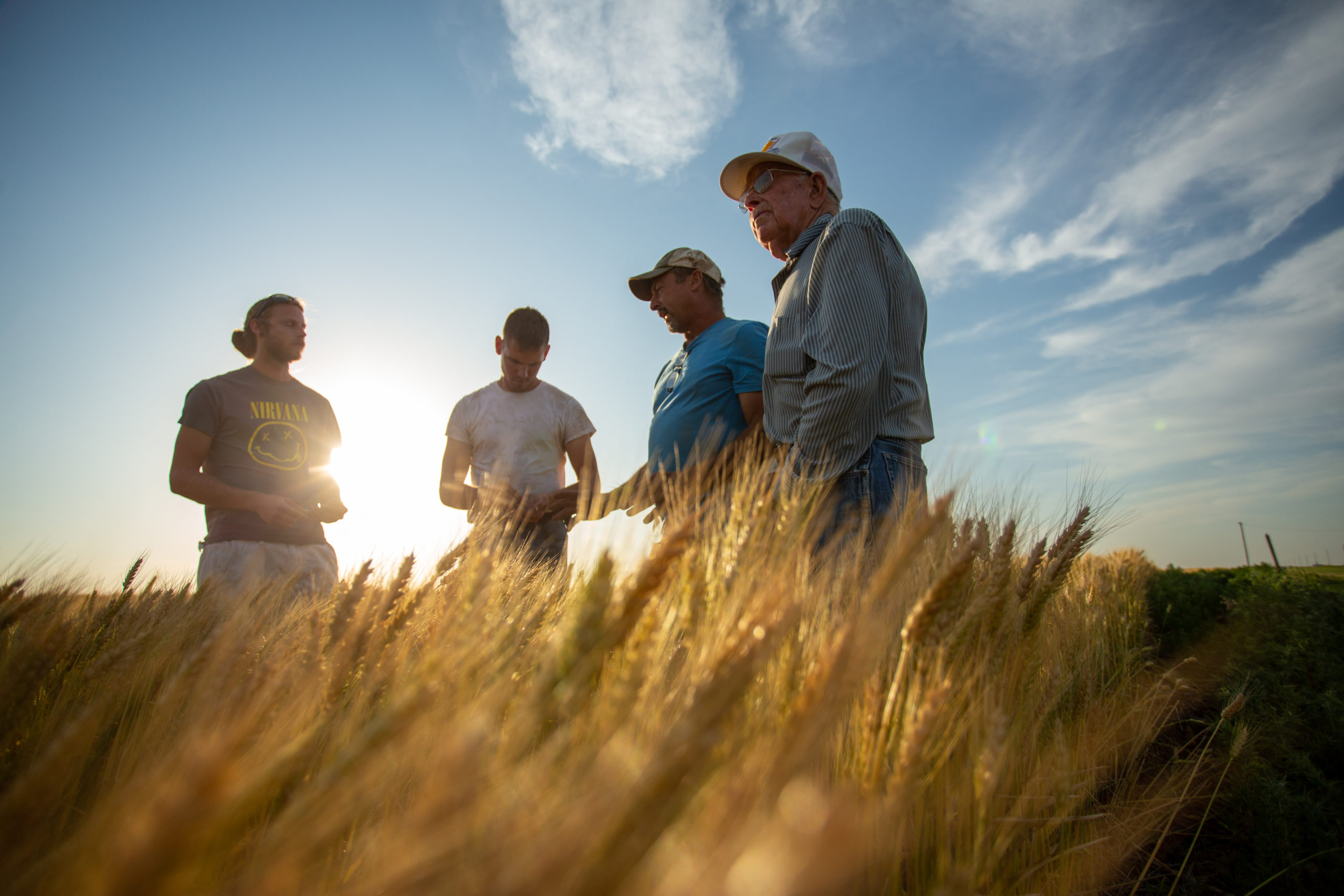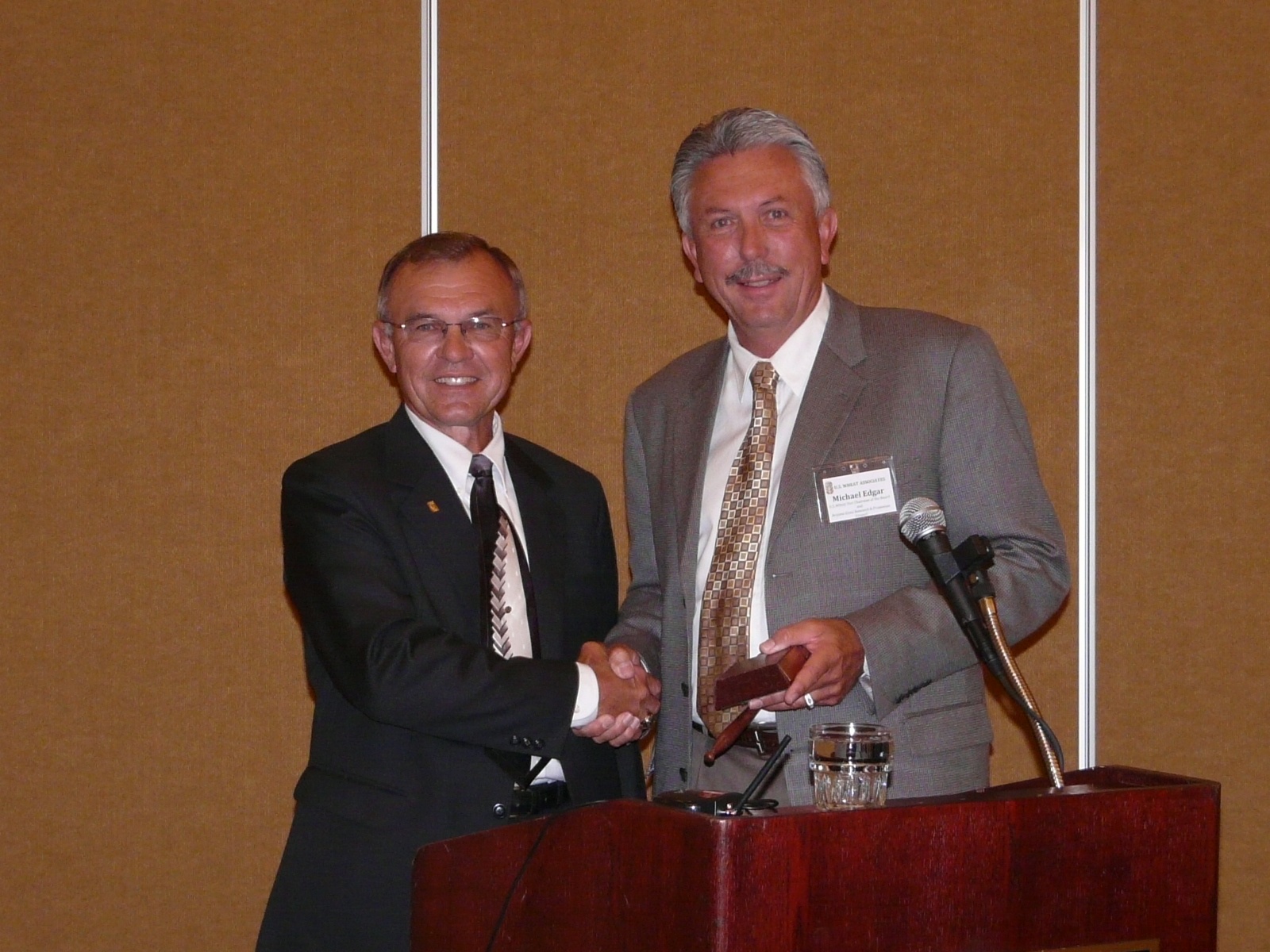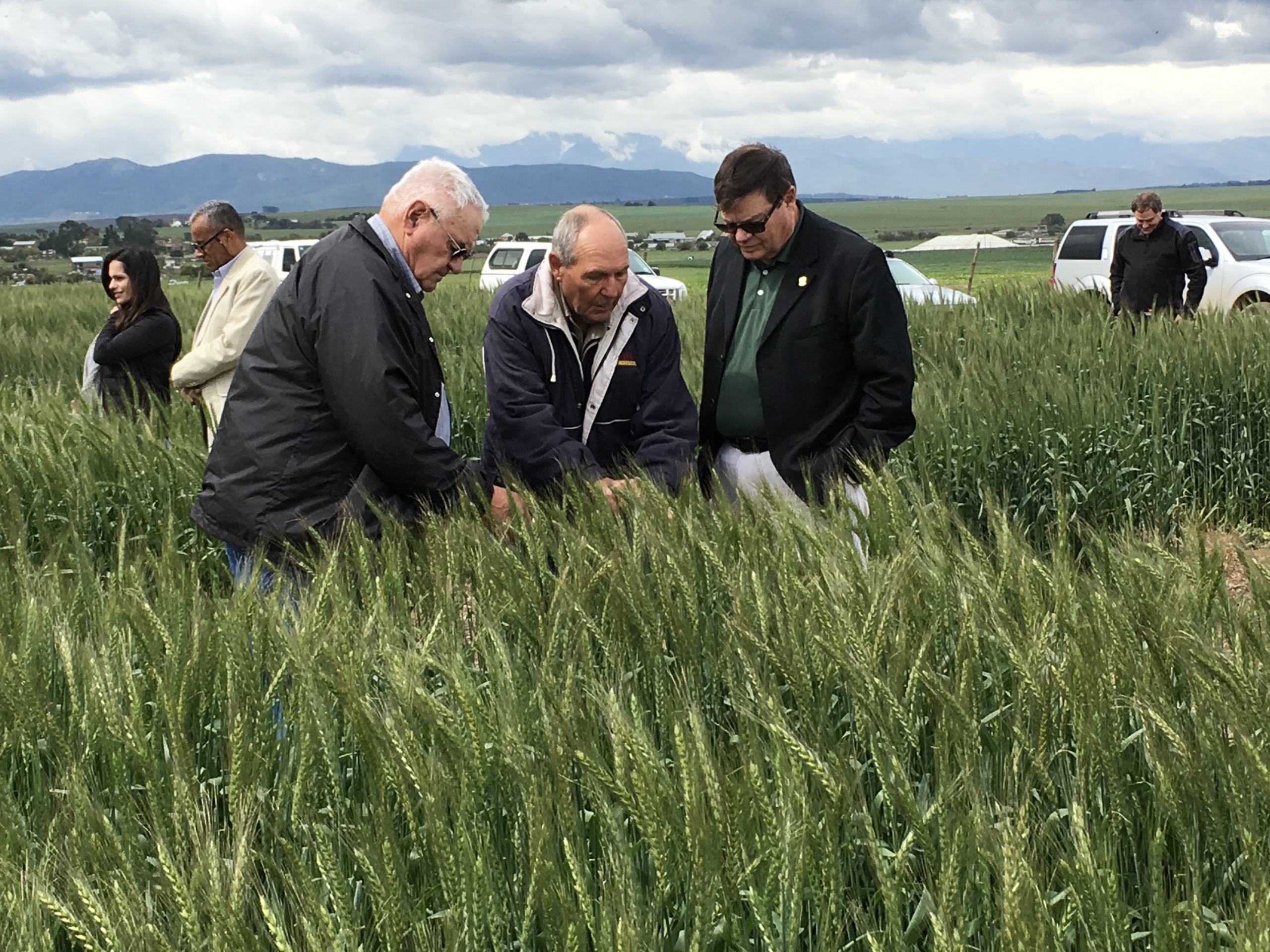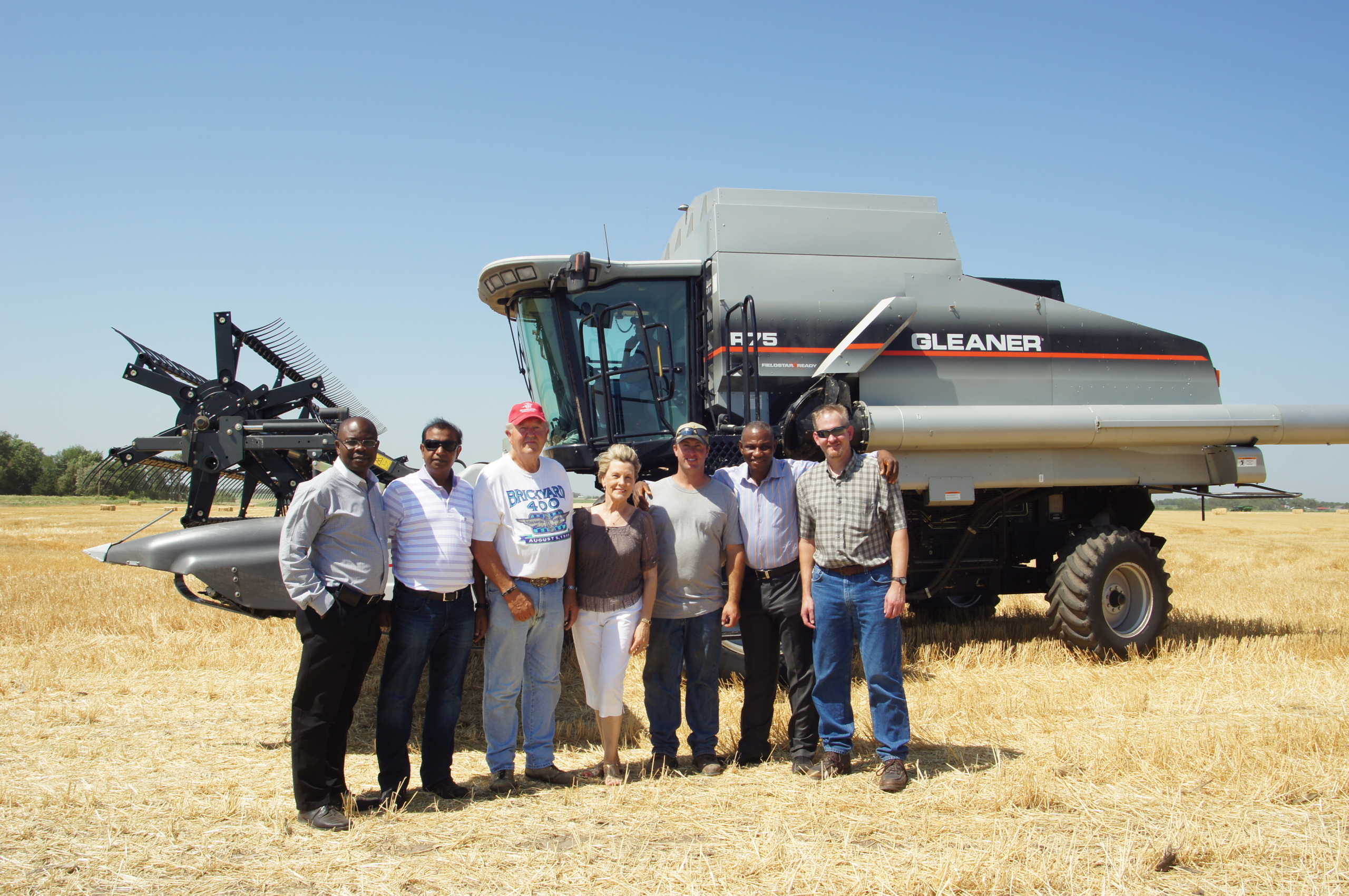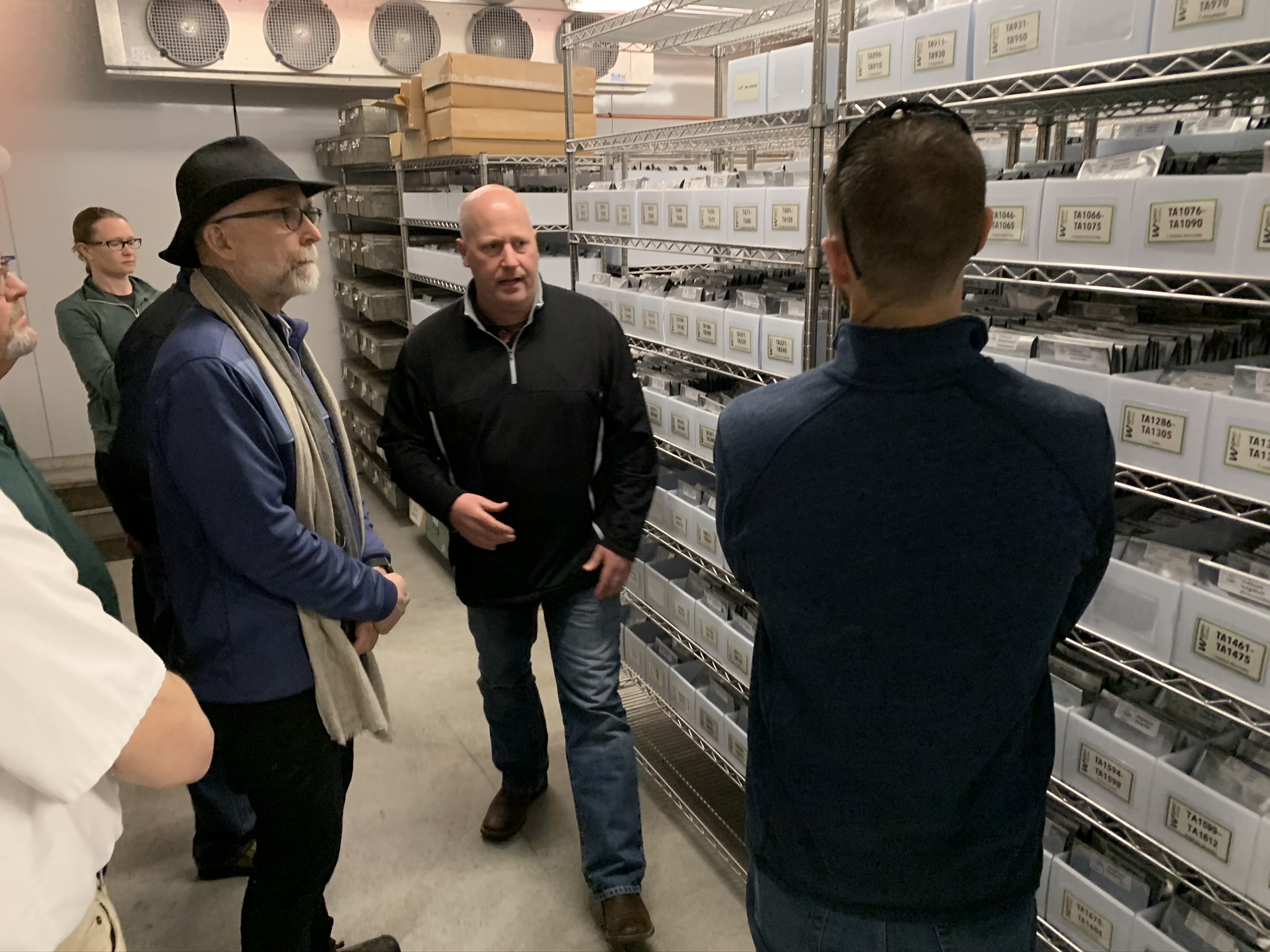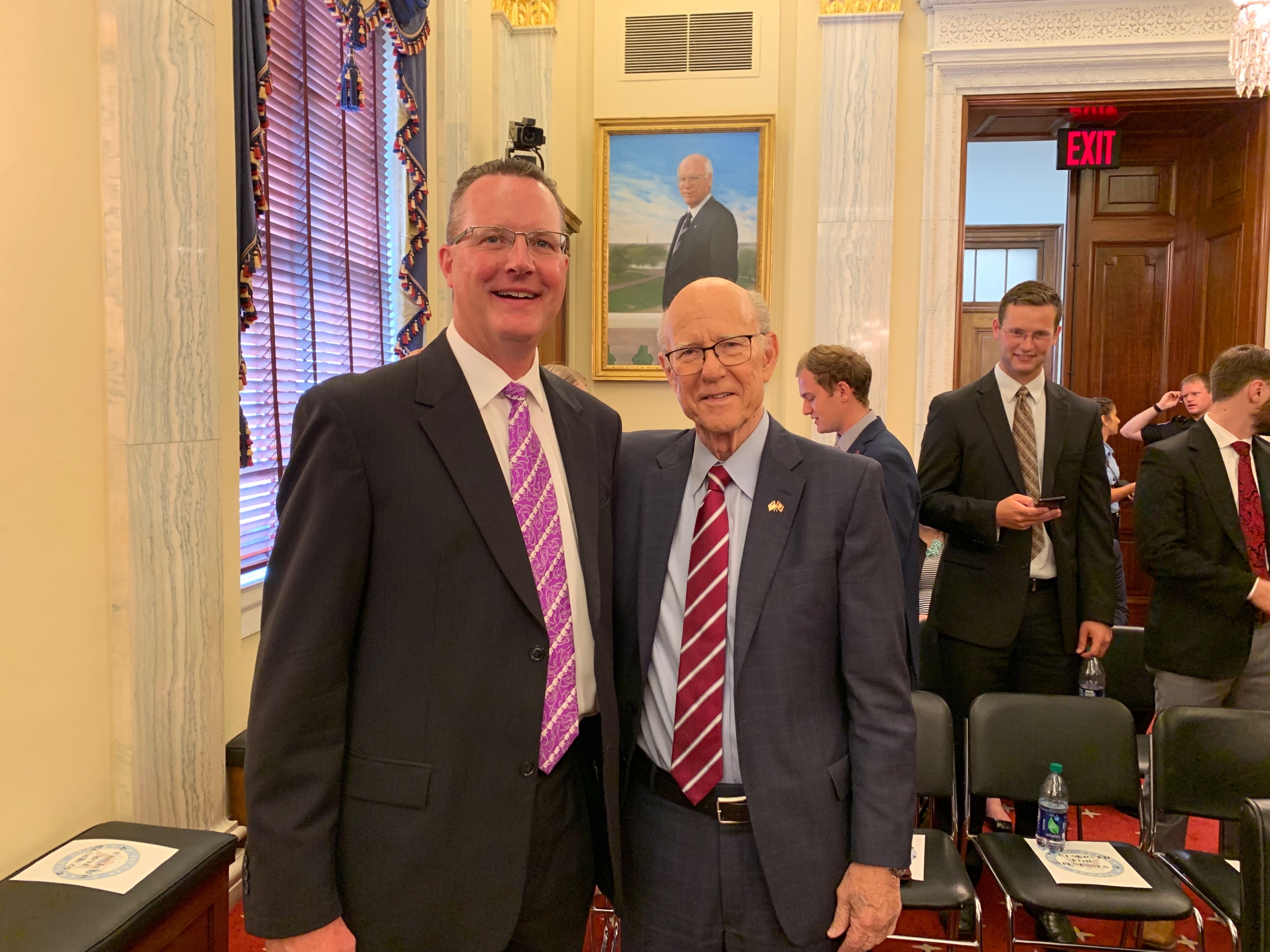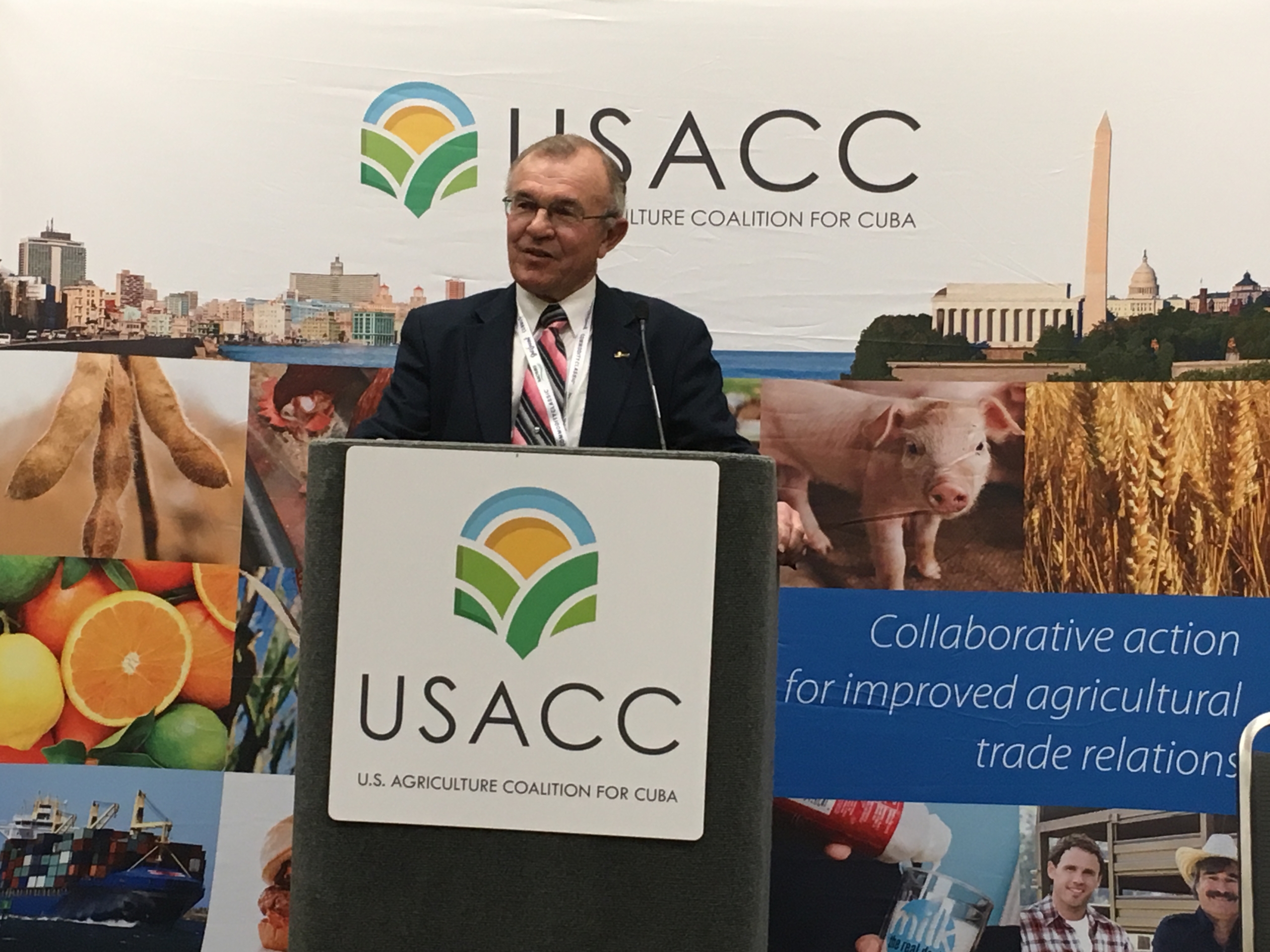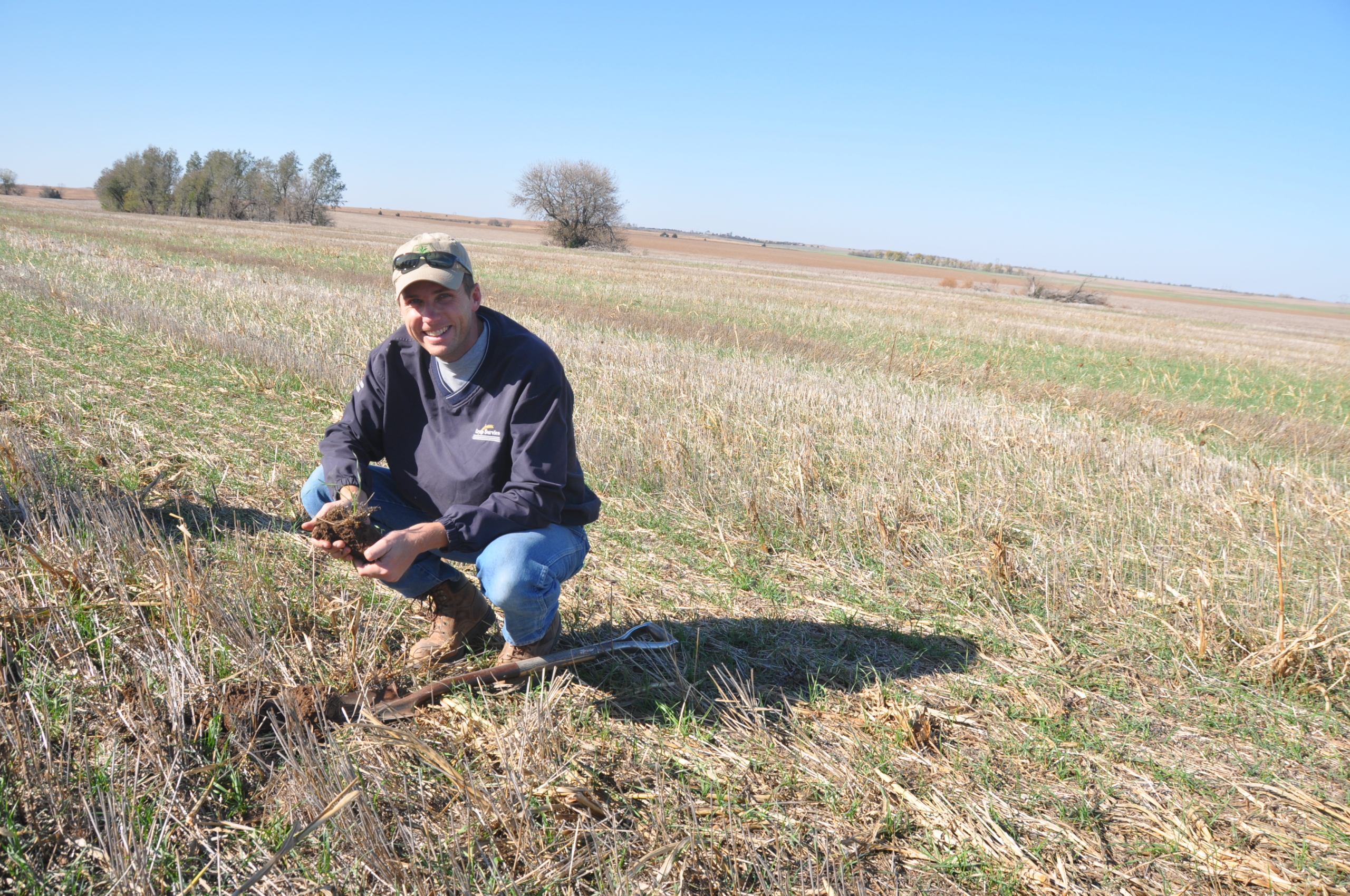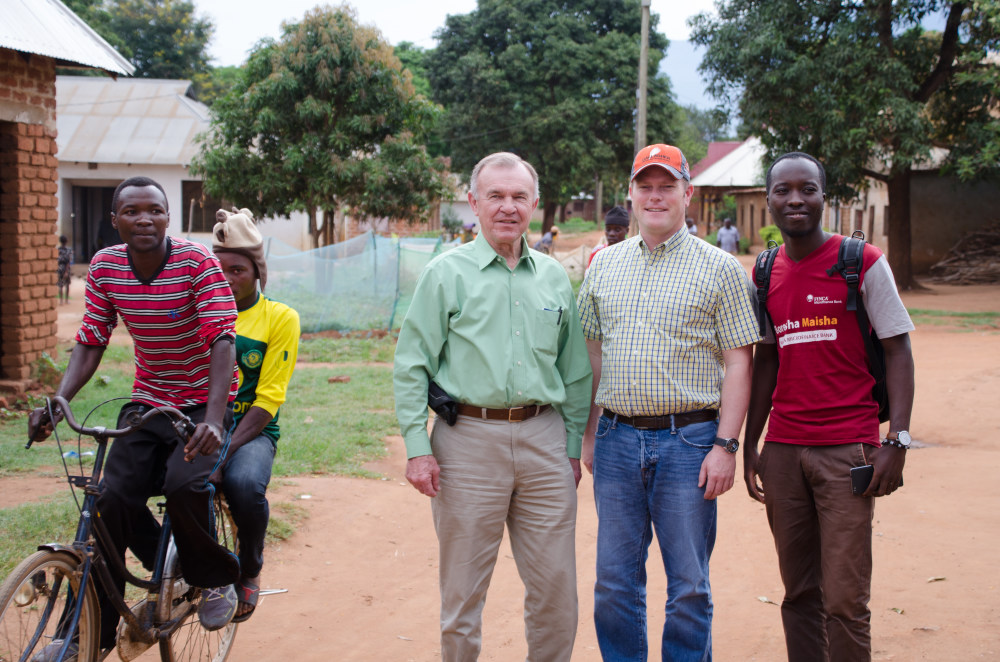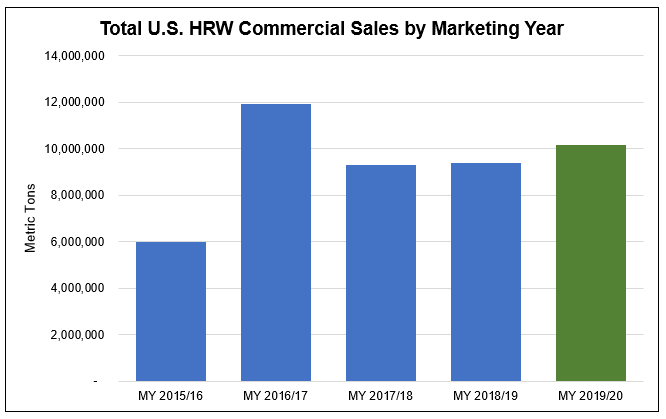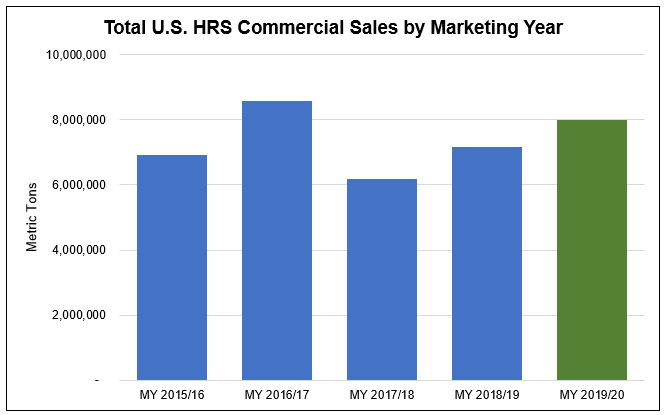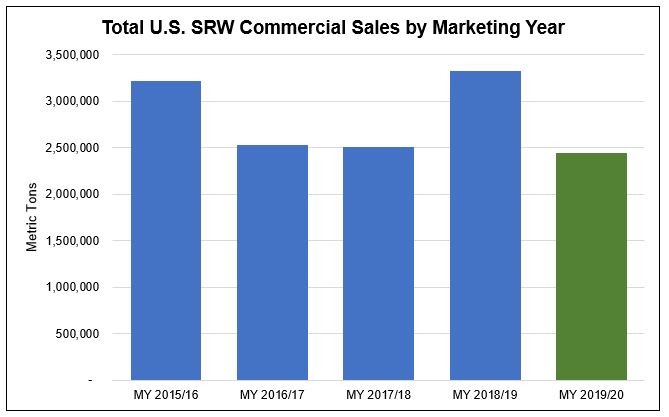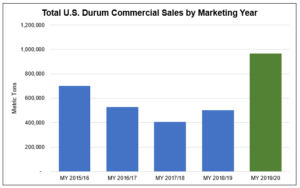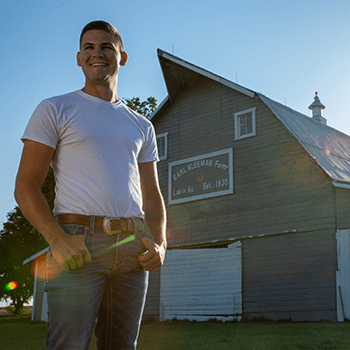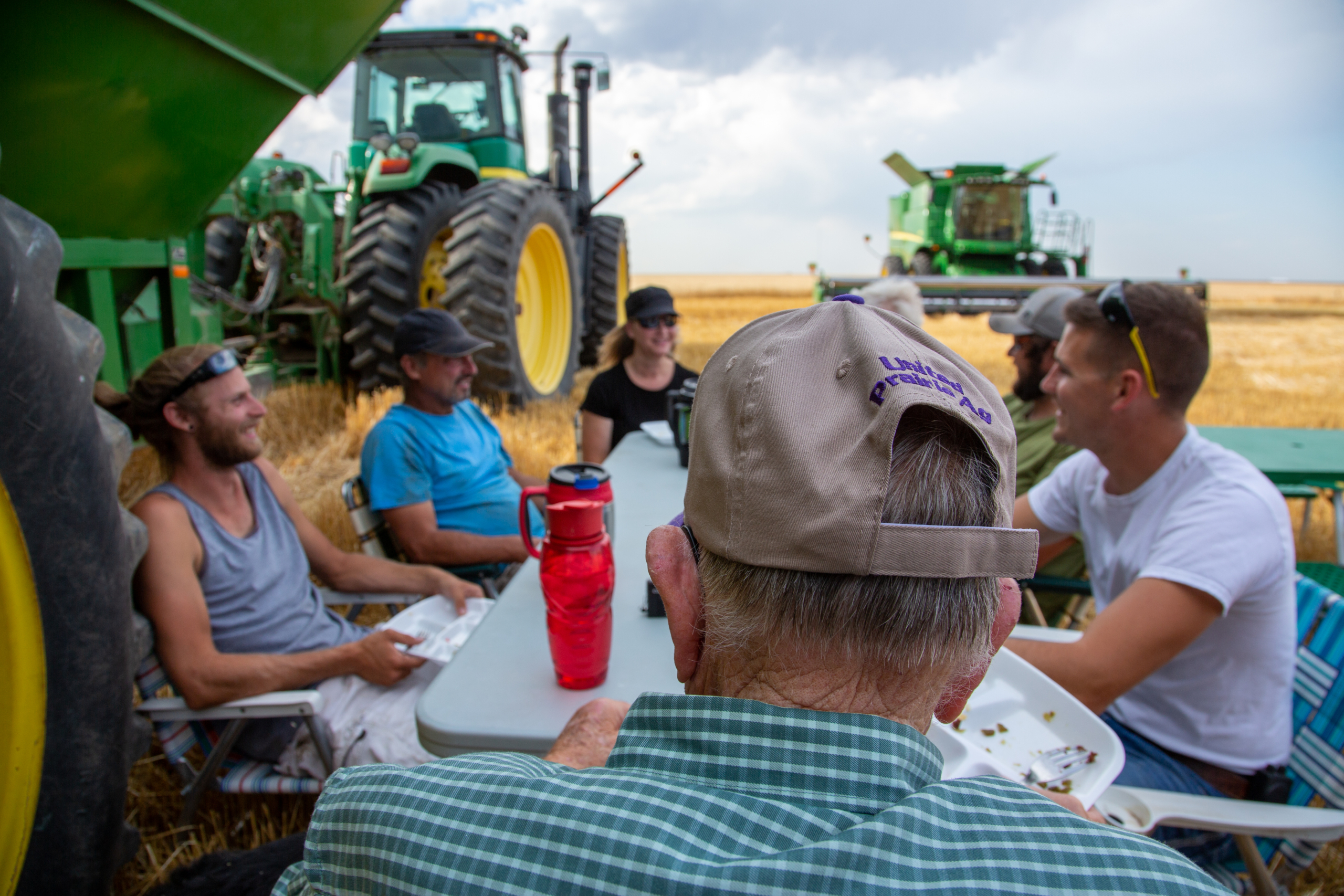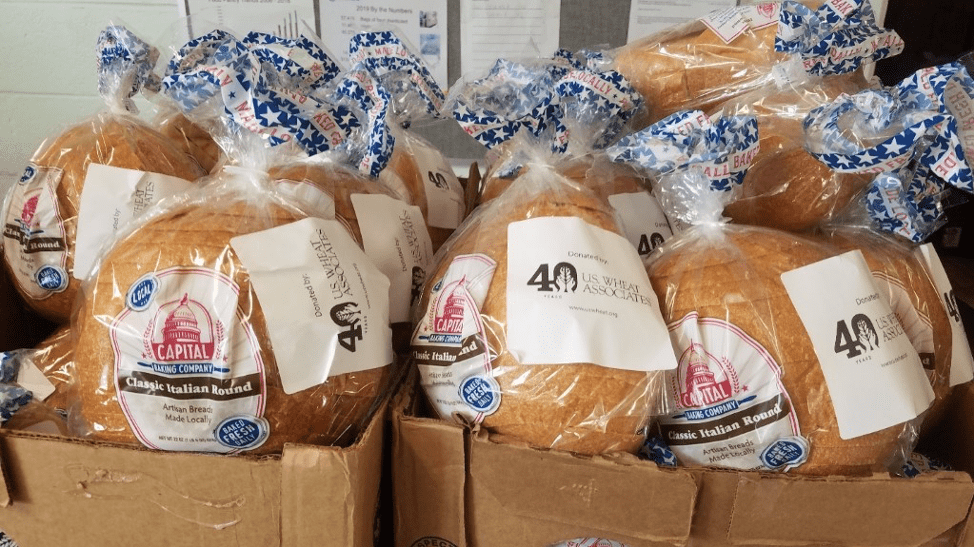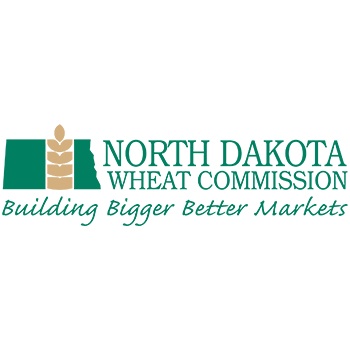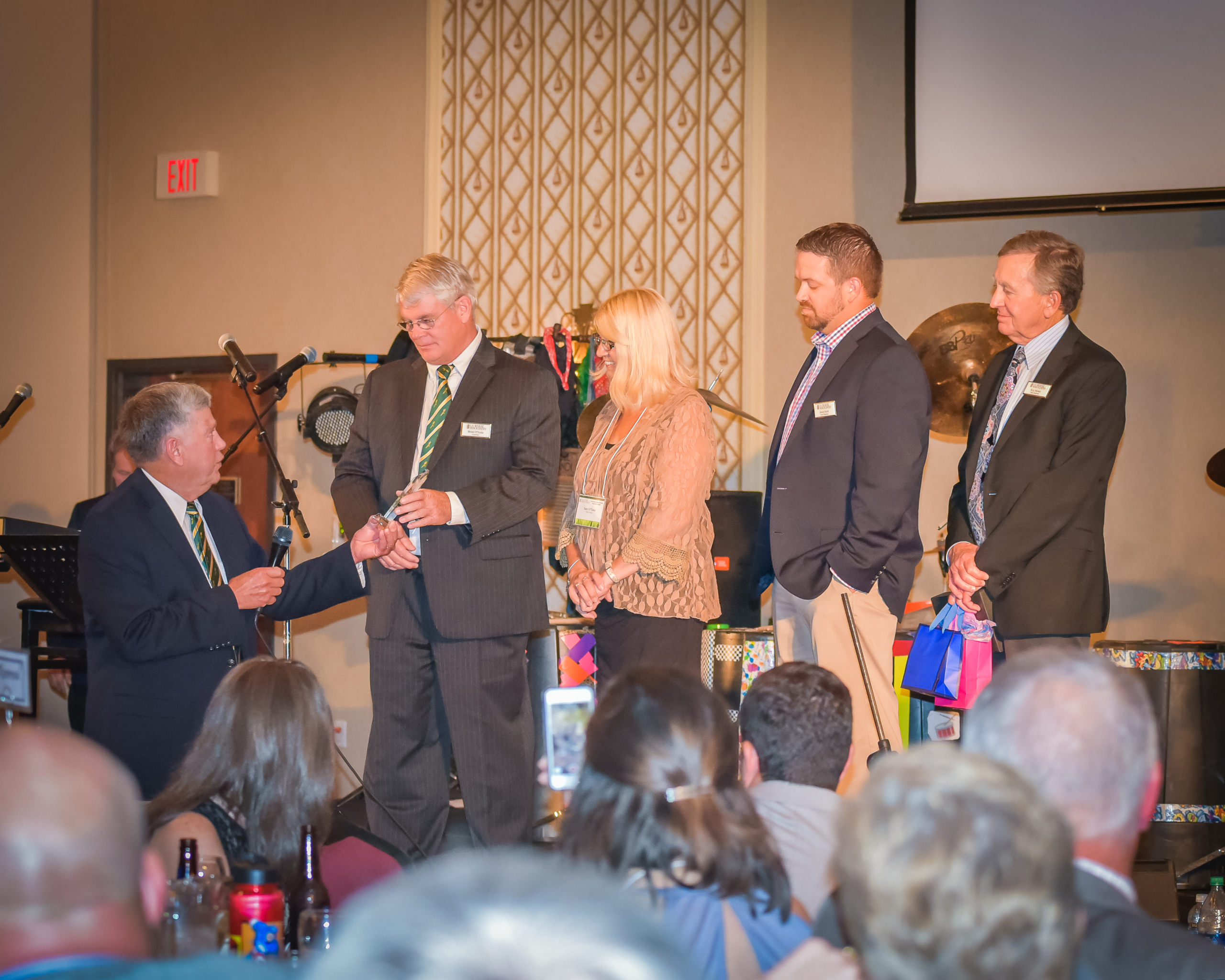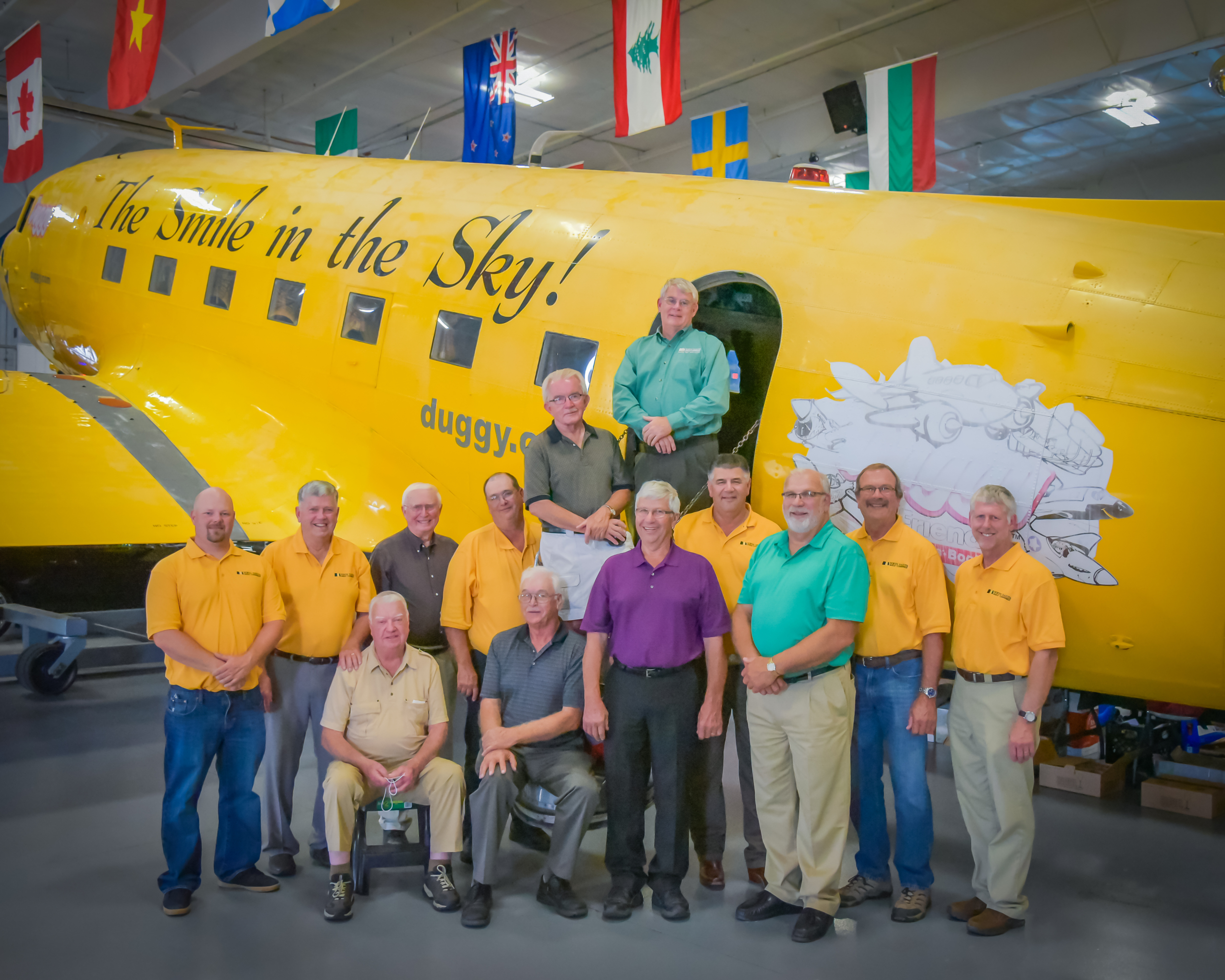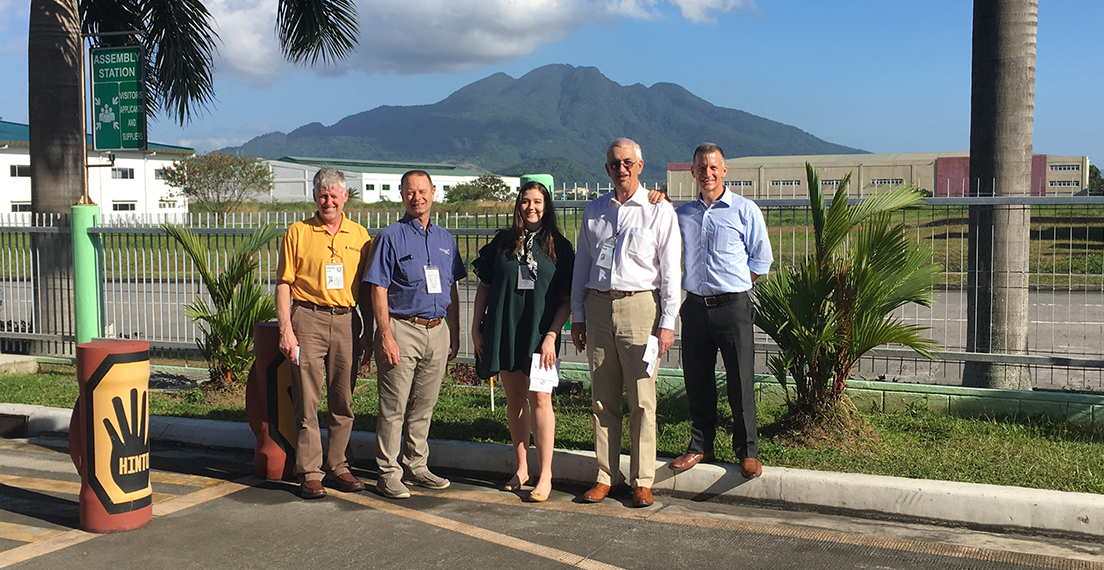For 40 years, U.S. wheat farmers have supported U.S. Wheat Associates’ (USW) efforts to work directly with buyers and promote their six classes of wheat. Their contributions to state wheat commissions, who in turn contribute a portion of those funds to USW, qualifies USW to apply for export market development funds managed by USDA’s Foreign Agricultural Service. Currently, 17 state wheat commissions are USW members and this series highlights those partnerships and the work being done state-by-state to provide unmatched service. Behind the world’s most reliable supply of wheat are the world’s most dependable people – and that includes our state wheat commissions.
Member: California Wheat Commission
Member of USW since 1994
Location: Woodland, Calif.
Classes of wheat grown: Hard Red Winter (HRW), Hard White (HW), Soft White (SW), Durum
USW Leadership: Roy Motter, 2014/15 Chairman
Wheat is an important part of farming economics in California both as a valuable rotational crop and a primary crop. The California Wheat Commission’s (CWC) mission is “to support research that improves California wheat quality and marketability, and to develop and maintain domestic and international markets for California wheat.”
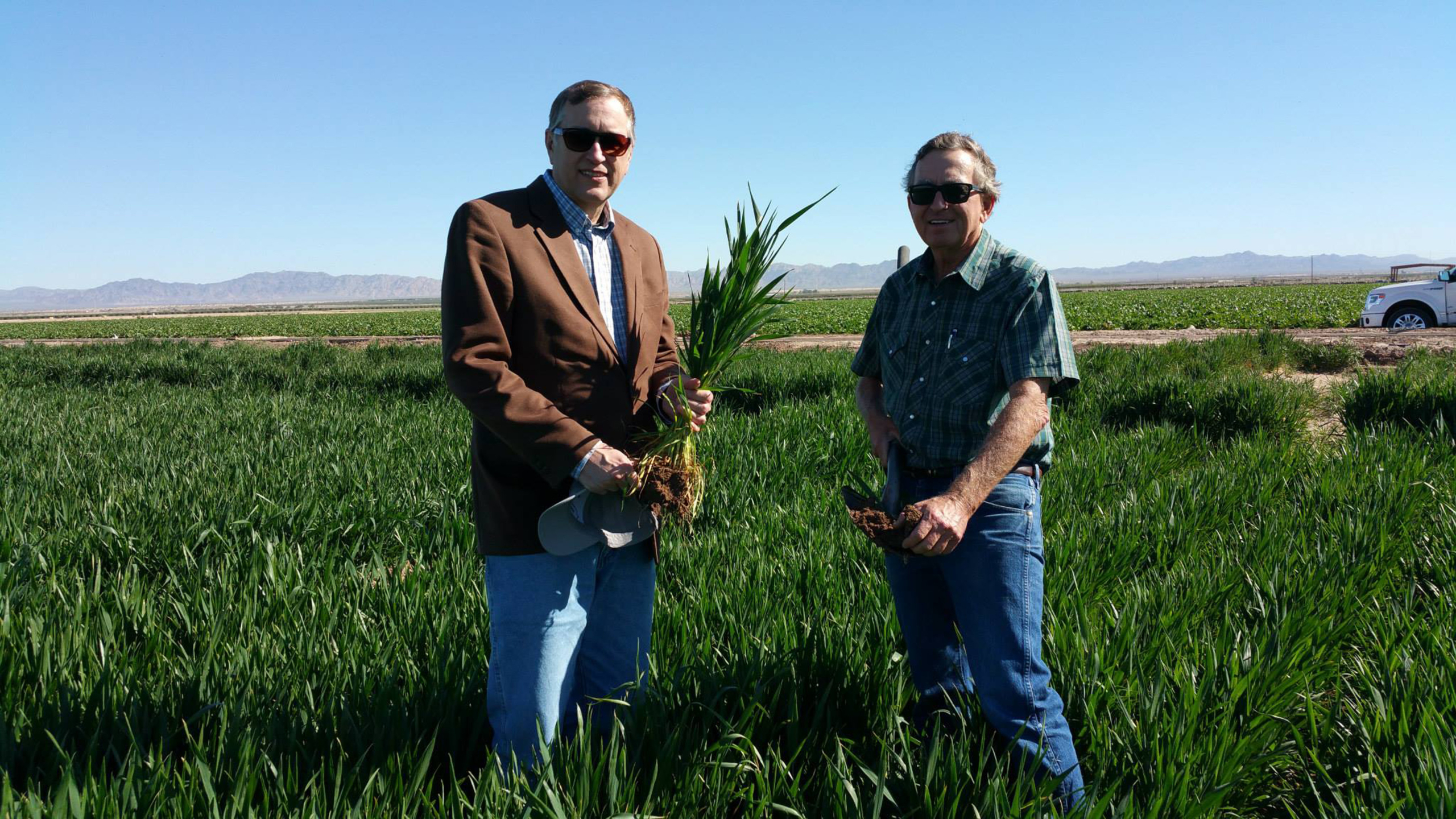
USW Past President Alan Tracy visited 2014/15 Chairman Roy Motter on his farm in California in 2015.
Why is export market development important to California wheat farmers and why do they continue to support USW and its activities?
Since wheat is a global commodity, U.S. pricing is tied to the ups and downs of the global marketplace. A strong export market leads to a higher market value and potentially a higher premium for California wheat. While flour milled from California wheat has many coveted qualities for baking, pasta and tortilla manufacturers, any pricing premium will be a percentage over the U.S. market. Due to the competition of other high value crops in California, bolstered global wheat prices influence additional planted and harvested acres of wheat. U.S. Wheat Associates unites wheat growers to work together for our common good. As wheat growers, we have all benefited from our membership and USW’s staff working on trade policy, opening new markets and strengthening relationships both domestically and globally to grow our industry.
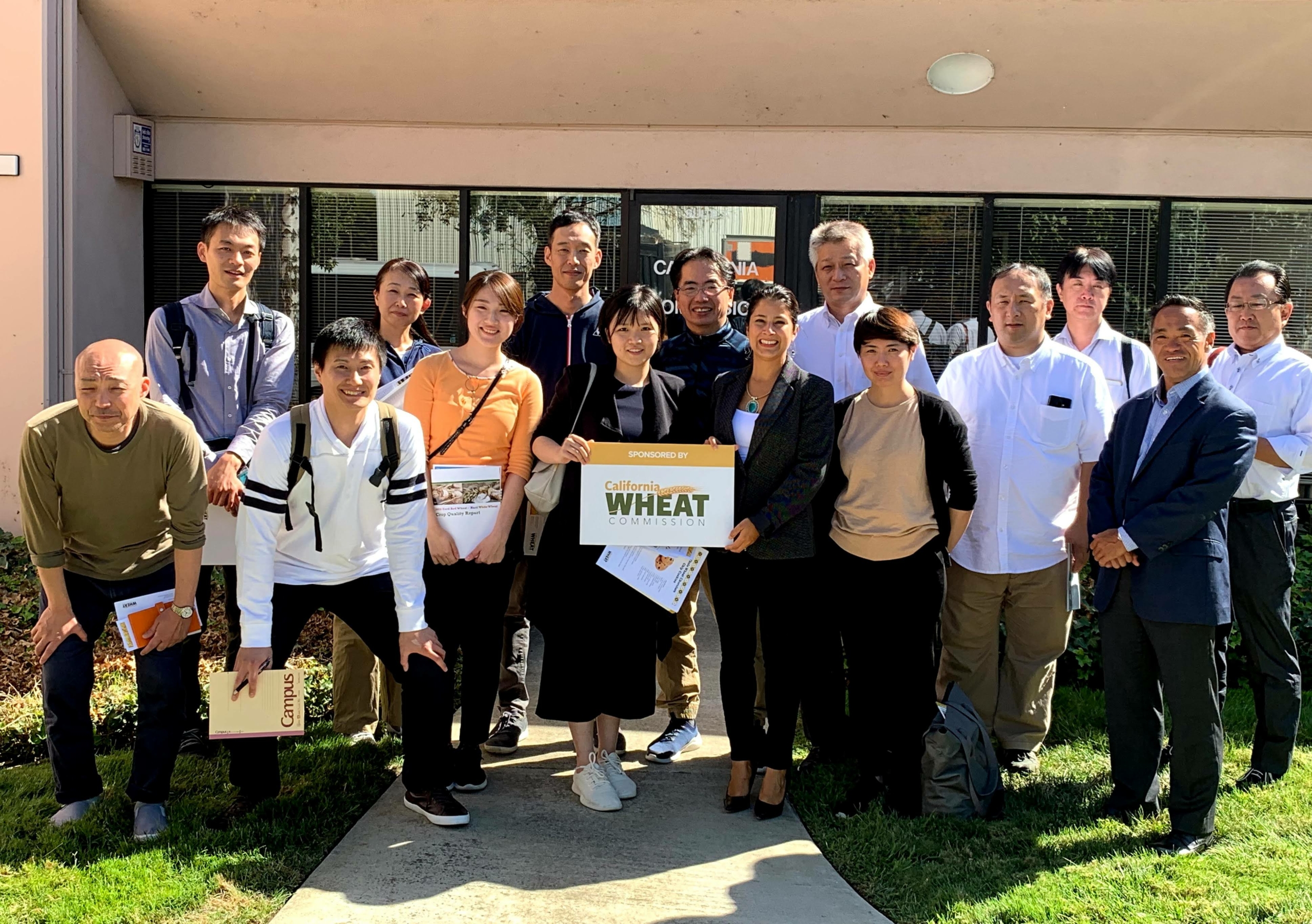
How have California wheat farmers recently connected with overseas customers?
California wheat farmers connect with overseas customers in USW meetings. California also hosts customers from various mills as part of California Wheat Commission’s training courses. This face to face interaction and learning is the best way for us to build strong relationships with our customers.
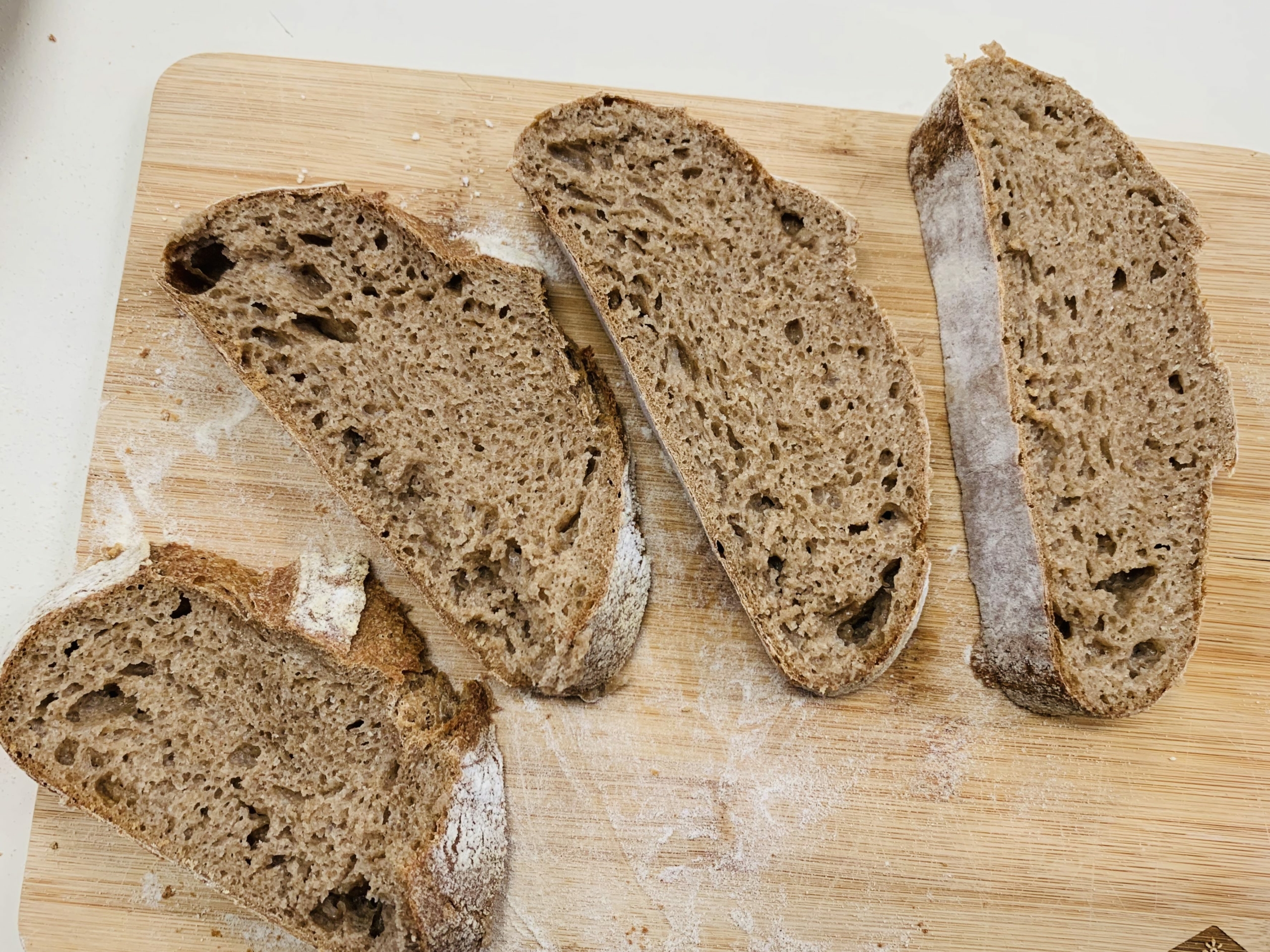
What is happening lately in California that overseas customers should know about?
- The California Wheat Lab offers milling, baking, pasta making and other flour-based product training. We partner with Andrea Saturno and Marco Fava to offer a pasta course in Spanish.
- CWC is currently working on creating a targeted artisan baking product course for white and whole grain flours.
- In collaboration with the University of California-Davis (UCD), CWC developed a new preferred variety list for hard white and hard red wheat and is developing a list for durum wheat. Also, in collaboration with UCD, we have released varieties with high fiber, high yellow pigment and increased protein content. Breeding for high nutrient density wheat crops continues to be a priority for the breeding program, in addition to quality and yield improvements.
Learn more about the California Wheat Commission on its website here and on Facebook, Twitter, Instagram and Linkedin.

Past Chairman Roy Motter and his family’s California wheat farm were featured in a USW profile series on sustainability practices. View the profile here.
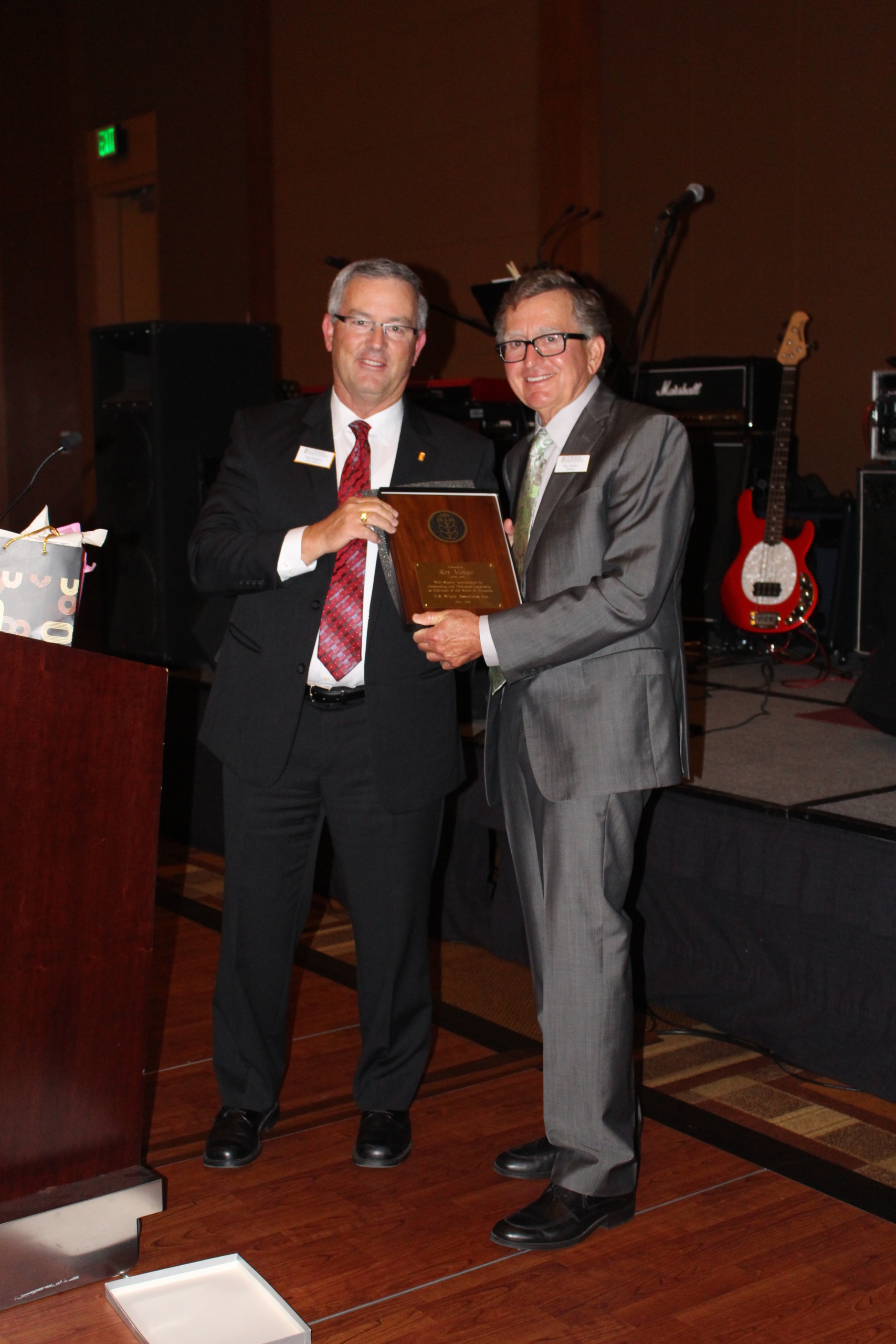
2014/15 Chairman Roy Motter, a wheat farmer from California (R) is congratulated on his year of service by 2013/14 Chairman Dan Hughes, a wheat farmer from Nebraska (L).

CWC Executive Director Claudia Carter at the California Wheat Lab.
